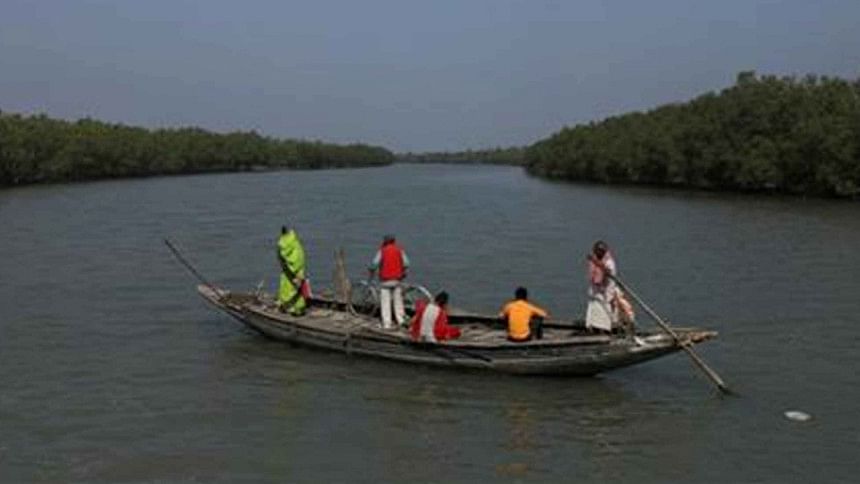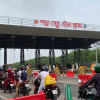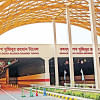Making the Padma Bridge towards Green Bangladesh

This past week, the entire country has been rightly celebrating the successful completion and inauguration of the historic Padma Bridge, which links the south-western part of Bangladesh to its northern and eastern regions with prospects of unhindered transport between the two major regions of the country.
However, while the prospects for economic progress are certainly most welcome, it may also be a good time to reflect on what kind of economic progress we should be promoting for the south-western part of Bangladesh. If it is merely a repeat of the kind of environment-degrading development that we have seen elsewhere over the last decades, then we may not be able to preserve the Sundarbans, which is the world's largest mangrove forest and a Unesco world heritage site – and our responsibility.
Fortunately, however, the Forest Department of Bangladesh has recently completed a very thorough Strategic Environmental Assessment (SEA) of the Sundarbans and the south-western region of the country that has unearthed some excellent recommendations on how the development of the region can be carried out with a Nature-based Solutions (NbS) approach. Such a development strategy will enable the region to grow without destroying the ecosystems that we are dependent on.
I will highlight just a few of the initial steps that would be needed to put such an eco-friendly development pathway in place.
The first step would be to set up a high-powered political body for the development of the region with the mandate and authority to bring together all the ministries and agencies of the government – that often work parallelly without coordination – to ensure that their work is indeed coordinated.
The second step would be for this body to develop a regional development plan for the entire south-western region with the SEA as its guiding document. The fact that the SEA already exists is a major step forward in this regard.
The third aspect which needs to be looked at is the industrialisation and urbanisation patterns and plans, with Khulna division and the Mongla port at the centre of the planning. Both Mongla port and Khulna have the potential to become engines of green development, given the implementation of appropriate plans and investments.
The fourth development pathway to be devised is to find the right balance between agriculture, aquaculture, polders, and floodplains. This is quite a complicated challenge regarding which we have indeed made many mistakes in the past, but Bangladesh is now in a position to learn from its mistakes and make more nuanced and local planning decisions and by involving local communities in the planning process.
One of the newer aspects of our planning for this particular region is that it is perhaps the most vulnerable part of the country due to impacts of climate change. This is already apparent in the intrusion of salinity into both drinking and irrigation water in the region. Hence, adaptation to climate change for the people of the south-western region must be of very high priority if we want to avoid the otherwise inevitable climate migration that may occur.
Another new aspect worth developing is the potential of the Blue economy in our coastal waters, which has hardly been explored until now.
In conclusion, we are looking at two diverging development pathways ahead of us: A business-as-usual pathway (which will not take the environment into account and will simply exploit nature) and another more environment-friendly development pathway that will preserve nature while enabling a Green Bangladesh to emerge from the south-western region of the country.
Dr Saleemul Huq is director of the International Centre for Climate Change and Development (ICCCAD) at Independent University, Bangladesh (IUB).

 For all latest news, follow The Daily Star's Google News channel.
For all latest news, follow The Daily Star's Google News channel. 







Comments